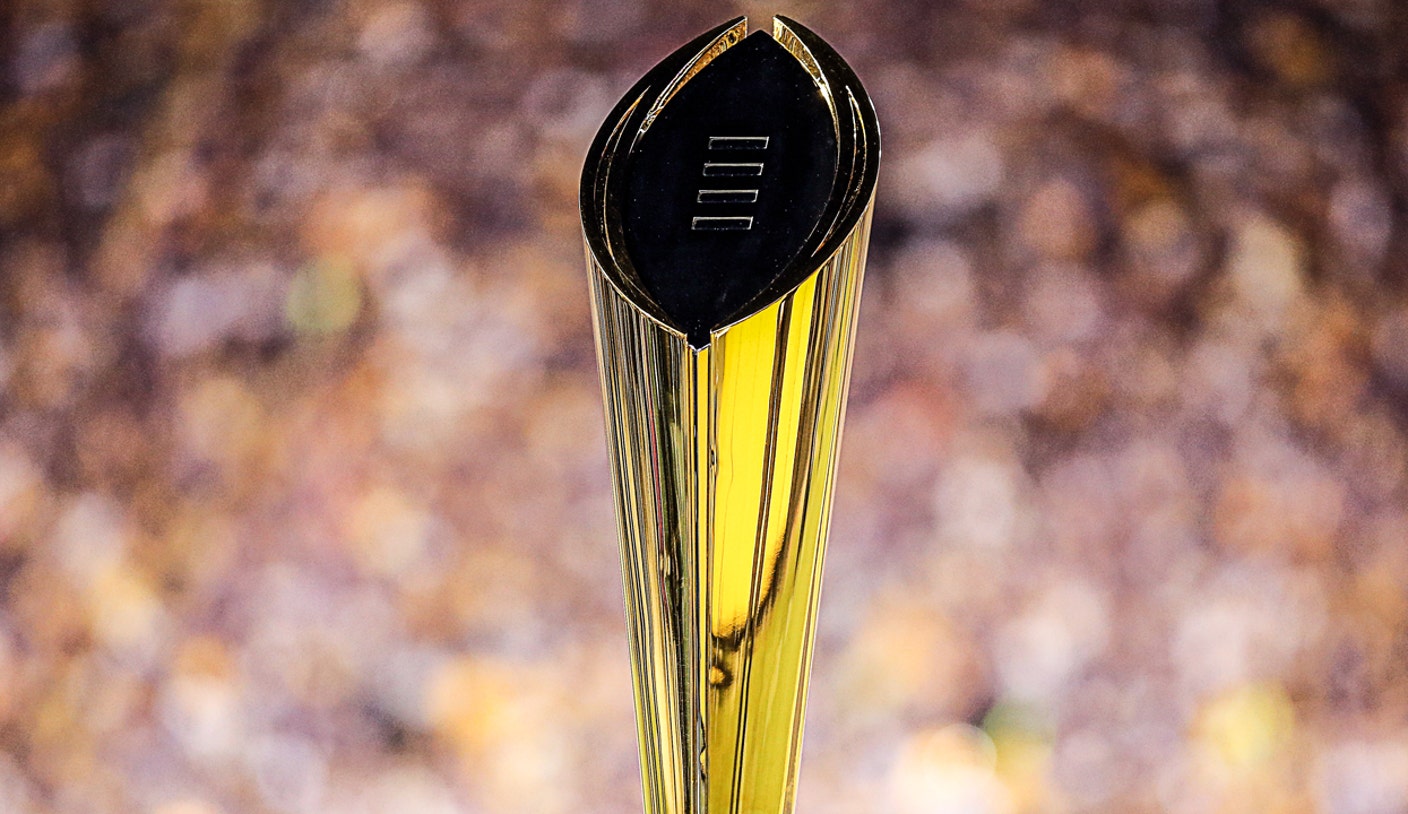Derrick Henry will return from a foot injury to play for the Titans in the playoffs, but does his impressive recovery actually matter?
Stats PerformUpdate: Jan 22nd, 2022 15:51 EST

Getty Images
Despite claiming the number one seed in the AFC, there has not been much hype around the Tennessee Titans ahead of the start of their playoff campaign.
Derrick Henry: is he ready to star for Titans in postseason?
Content:
ToggleAfter they each exploded for five-touchdown performances in the Wild Card Round, most of the attention on the AFC side of the postseason has focused on the rematch between Buffalo Bills quarterback Josh Allen and Kansas City Chiefs counterpart Patrick Mahomes.
Yet there is a 6ft 3in, 247-pound reason to pay attention to the Titans as they face Joe Burrow and the Cincinnati Bengals in the Divisional Round.
Running back Derrick Henry’s season appeared to be over when he suffered a Jones fracture in his foot in the Titans’ Week 8 clash with the Indianapolis Colts.
Also making NFL news:
Divisional round picks: Allen to win duel with MahomesThe big earners in the NFLThe Bengals have a bite, but the Titans have Derrick HenryRodgers jabs back at Biden’s vaccine criticismThe breakdown: a look ahead to the 2022 NFL Season
But he was activated from injured reserve this week and is in line to make his return for the visit of the Bengals as the Titans look to reach the AFC Championship Game for the second time in three seasons.
A two-time rushing champion, on the surface Henry’s value to the Tennessee offense is obvious as an explosive powerhouse back who when healthy this season was threatening Eric Dickerson’s single-season rushing yards record.
However, with the Titans continuing to excel on the ground even after Henry’s injury, it is fair to ask: how much does his return actually matter?
Henry’s numbers under the spotlight
If you looked solely at the raw numbers, it would be easy to answer that question in the affirmative.
Between Weeks 1 and 8, when Henry was on the field, the Titans were fourth in the NFL with 147.6 rushing yards per game.
After he went down injured, that average dropped to 135.9 yards per game, though that was still good enough to put them sixth in the league.
In other words, Henry was worth nearly 12 extra rushing yards – or one explosive run – a game to the Titans.
But in the grand scheme of things, that is a negligible difference and the counting statistics point to Tennessee still possessing an elite rushing attack even without Henry.
And a more granular look at the performance of Henry and the two backs that assumed the bulk of the workload in his absence, D’Onta Foreman and Dontrell Hilliard, also suggests there was not much of a drop-off when he left the lineup.
Henry needing more power
Henry’s fearsome reputation as the most overpowering running back in the NFL is one earned off the back of a string of highlight-reel runs comprising brute force and remarkable open-field speed for a man of his size.
More than simply bouncing off defenders, Henry is a back who can run them over at will.
That makes his numbers in terms of after-contact yardage this season extremely surprising.
Henry averaged 1.87 yards after contact per attempt in the regular season, below the league average of 1.95, with Foreman (1.92) outperforming him.
His average of 3.05 yards per rush attempt on carries where then was a run disruption by a defender was on the right side of the ledger. The league average in the regular season was 2.88 yards per carry.
The @KingHenry_2 Experience is BACK ? pic.twitter.com/1OWT0vNdmT
— Tennessee Titans (@Titans) January 21, 2022
Yet his efforts in that regard were inferior to those of both Foreman and Hilliard. Foreman averaged 3.40 yards per attempt when faced with a run disruption and Hilliard went beyond that with 4.03 yards per carry in those situations.
Their efficiency in that area is in part down to a smaller sample size, Henry carried the ball 219 times this season compared to 133 rush attempts for Foreman and 56 for Hilliard.
Still, Foreman and Hilliard got enough run in his absence to indicate that they were actually superior to Henry when it came to turning potential negative plays into gains for Tennessee.
In fact, Henry’s most substantial contribution may not be what he does with the ball in his hands, but the influence the threat of him carrying it has on opposing defenses.
A play-action asset
He might not have been overly effective in gaining yards after contact in the regular season, however, it is obvious defenses still very much respect his ability to do so.
Indeed, Henry was consistently faced by defenses who committed an extra man to the box. Among running backs with at least 100 carries, Henry was fifth in the NFL in percentage of snaps where the opponent had one more man in the defensive box than the offense had in its box.
Per Stats Perform data, Henry encountered a ‘bad box’ on 58 per cent of his snaps compared to 48.2 per cent for Foreman. Additionally, on bad box plays where Henry was on the field, the Titans gained 6.05 yards per play but only 5.09 yards when he was off the field in those situations.
And the Titans excelled at using their opponents’ aggressiveness in committing to stopping Henry against them.
The Titans sold the run to throw a pass on play-action or a quarterback bootleg on 25 per cent of their passing plays in the regular season, the second-highest rate in the NFL and well above the league average of 19 per cent.
Without Henry, they averaged 7.06 yards per play on play-action and bootleg passes, below the league average of 8.1. With Henry on the field, that p ballooned to a remarkable 9.94 yards per play.
Henry’s impact as a runner may be somewhat overstated, but his influence on the Titans’ offense is not.


